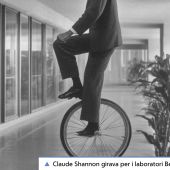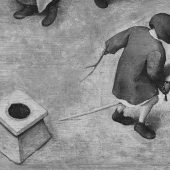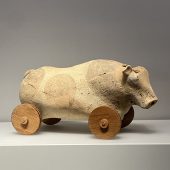Any clear conceptual distinctions between subjects and objects are weakened: ‘as a result of this process, the new machine becomes its relationship with its configured users’ (Woolgar 1991: 59). And, presumably, vice versa: the configured users become their relationship with the new machine. It is the relationship that is central here, the becoming is the object of study. This entails a shift of critical attention from human subjects and technological devices in themselves to the relationships of translation and configuration between them. We are no longer looking at just a media text and its audience, nor even a ‘technology’ and its ‘users’, but rather the event of their relationships, of their reciprocal configuration. In any particular media technocultural assemblage then, deeply ingrained conceptual distinctions between human actors and activities on the one hand, and technologies and artefacts on the other, are less significant than the distribution of delegations across them:
The distinctions between humans and non-humans, embodied or disembodied skills, impersonation or “machination”, are less interesting than the complete chain along which competences and actions are distributed’ (Latour 1992a: 243).
He makes the distinction in order to ‘maintain ambivalence about the appropriate unit of analysis, as a way of exploring assignations of agency’ (Woolgar 1991: 66). This is congruent with Latour’s insistence on any social / technical activities or artefacts as assemblages of human and nonhuman, but Woolgar takes it further – arguing that the commonsense distinctions between nonhuman (whether artefactual or conceptual in nature) and human actors within the network become increasingly redundant:
In particular, our preconceptions about the nature and capacity of different entities shape what counts as legitimate accounts of action and behaviour (Woolgar 1991: 59).
Now, much of Woolgar’s discussion could be applied to the design and manufacture of any consumer product (or to a certain extent any media form or object): such processes always entail the construction of a notional user and all build concomitant competences into their product to configure that user. However, the fact that Woolgar’s object of study is the network and actors involved in the production of computers is directly relevant to this essay’s concern with digital media technology. Thus, the specific complex, open, nature of the computer as actor in this network is hinted at. Woolgar here is concerned with the ‘actions and capabilities of […] animate entities […] with which we populate our world’ (Woolgar 1991: 60), implying a distinction between animate and inanimate technologies. There is not the space here to pursue this notion of digital technologies as animate (see Giddings & Kennedy 2007), but we might note that to play many commercial mobile phone games is to interact with vibrating hardware, networks of communication and feedback within the game and out through wider loops of social media, and often an intimate engagement with software agents and semi-autonomous characters and virtual environments.



